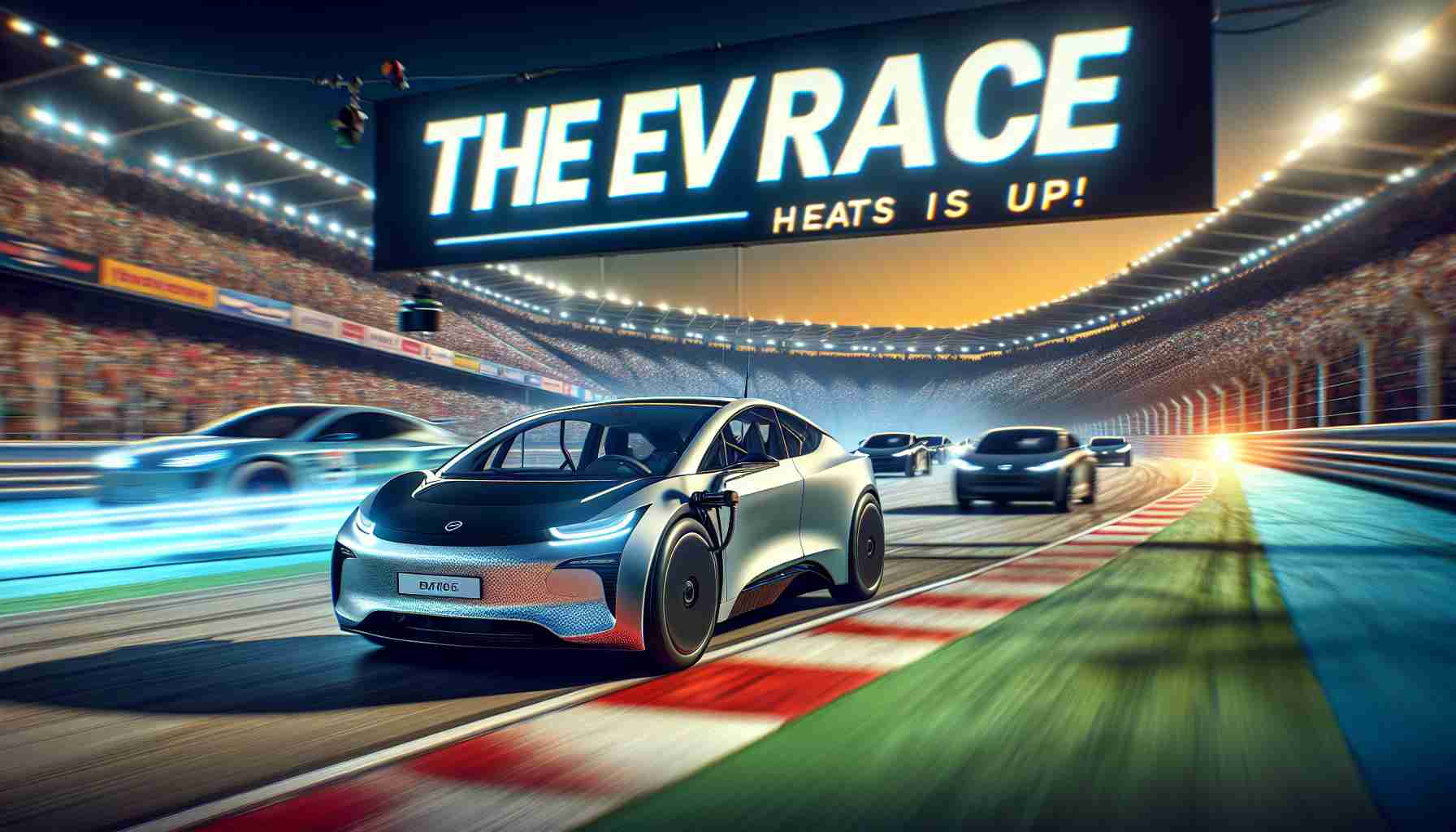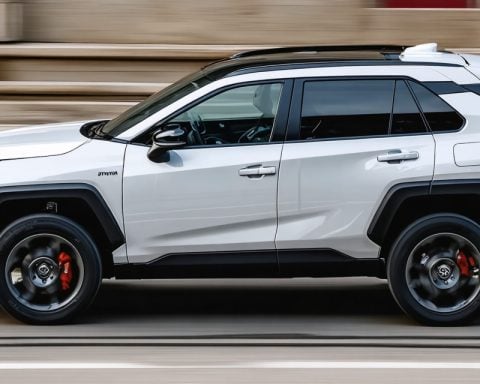Tata Motors is facing significant competition in the electric vehicle (EV) sector, having seen its market share drop from 73% to 62%. In a bid to reclaim its stronghold, the company plans to roll out two highly anticipated models in 2025: the Harrier EV in the first half and the Sierra EV later in the year. These launches come as Tata Motors gears up to compete against new entrants in the market, including Mahindra & Mahindra’s innovations, Hyundai’s upcoming Creta Electric, and Maruti Suzuki’s e Vitara.
Currently, electric vehicles constitute just over 2% of the total passenger vehicle market, but industry experts believe this figure could grow significantly. It is expected that once the EV market surpasses 5-6% penetration, there will be a swift acceleration in growth potential. This year alone, the EV sector may double its market presence.
However, challenges loom for the overall passenger vehicle market in 2025 as the growth will likely slow down. After a robust increase of 4.2% in 2024, with approximately 4.3 million units sold, expectations are that high inventory levels will affect performance.
Despite these headwinds, Tata Motors is optimistic. The company will focus on expanding its EV and CNG vehicle segments, with the recently launched coupe SUV Curvv already gaining traction among consumers, promising future growth as it garners attention on the roads.
The Transformative Shift in the Electric Vehicle Landscape
The brewing competition within the electric vehicle (EV) sector, epitomized by Tata Motors’ strategic moves, holds profound implications for society and the global economy. As the EV market expands beyond the current 2% penetration, we are witnessing a pivotal shift in consumer behavior, where sustainability is increasingly prioritized. This transformation is reshaping not only buying patterns but also driving public discourse towards eco-friendliness and innovation in automotive design.
As companies like Tata Motors ramp up their efforts in response to growing competition, the culture surrounding mobility will inevitably evolve. New entrants, including Mahindra & Mahindra and Hyundai, are not just challenging established norms but also pushing for advancements in technology and infrastructure. This influx generates employment opportunities, stimulates local economies, and fosters a culture of innovation that is critical as we transition towards a greener future.
Moreover, the expected acceleration in EV adoption raises vital environmental considerations. With the global push for lower emissions, the expansion of the EV sector can significantly reduce carbon footprints if paired with sustainable manufacturing practices and renewable energy sources. However, the sustainability of battery production remains a concern, necessitating an ongoing dialogue about resource usage and end-of-life recycling.
Looking ahead, as the market inches towards higher penetration rates, stakeholders must emphasize investment in charging infrastructure and renewable energy initiatives to ensure that growth in EV adoption aligns with broader sustainability goals. This emerging paradigm shift not only reflects a changing auto industry but epitomizes an essential step toward a more sustainable global economy.
Tata Motors Gears Up for a Competitive EV Landscape in 2025
Overview of Tata Motors’ Electric Vehicle Strategy
Tata Motors, a major player in India’s automotive industry, is taking significant steps to bolster its position within the electric vehicle (EV) market. With a notable decline in market share from 73% to 62%, the company plans to introduce two exciting models in 2025: the Harrier EV and the Sierra EV. This move comes as the company faces increasing competition from burgeoning EV manufacturers like Mahindra & Mahindra and established brands such as Hyundai and Maruti Suzuki.
Upcoming Models: Harrier EV and Sierra EV
The Harrier EV is set to be released in the first half of 2025, followed by the Sierra EV later in the same year. These models are anticipated to incorporate advanced technology and sustainability features, appealing to a growing segment of environmentally conscious consumers.
Features and Specifications:
– Harrier EV: Expected to feature cutting-edge technology such as advanced driver-assistance systems (ADAS), and high-energy density battery packs for extended range.
– Sierra EV: Aimed at the lifestyle segment, this model may include seating for up to six passengers, versatile cargo space, and premium interior finishes.
Market Trends and Predictions
The electric vehicle market is currently quite small, constituting just over 2% of total passenger vehicles. However, experts predict a significant uptick, estimating that once EV penetration reaches 5-6%, growth will accelerate quickly. In fact, the EV sector is expected to potentially double its market presence within the current year.
Insights into Growth Potential
Analysts argue that the potential shift in consumer preferences towards EVs, coupled with government incentives for sustainable vehicles, will fuel this expansion. In 2025, however, the overall passenger vehicle market may face a slowdown. After a growth of 4.2% in 2024, high inventory levels could limit performance, prompting manufacturers to adapt strategies and innovate.
Tata Motors’ Competitive Edge
Tata Motors is not only keen on expanding its EV lineup but is also investing in the compressed natural gas (CNG) segment. The recently launched coupe SUV, Curvv, has already attracted consumer interest, a promising sign for the company’s future growth trajectory.
Challenges the Industry Faces
Despite optimism from Tata Motors, the Indian EV market does face challenges:
– High Inventory Levels: As production ramps up, managing inventory effectively will be crucial to prevent excess supply and minimize losses.
– Competition From New Entrants: As the market expands, more companies are stepping in, intensifying competition across price points and customer bases.
Sustainability and Innovations
Tata Motors is also focusing on sustainability in its manufacturing processes. The incorporation of eco-friendly materials and recycling initiatives reflect a commitment to reducing the environmental footprint. They are also leveraging innovations in battery technology to enhance vehicle range and efficiency.
Conclusion
As Tata Motors prepares for the rollout of the Harrier EV and Sierra EV in 2025, the company is positioning itself to reclaim its prominent market share in the EV sector. With increasing competition and potential market growth, the upcoming years could be pivotal for Tata Motors and the broader EV landscape in India.
For further insights on Tata Motors and its strategic initiatives, explore more at Tata Motors.













